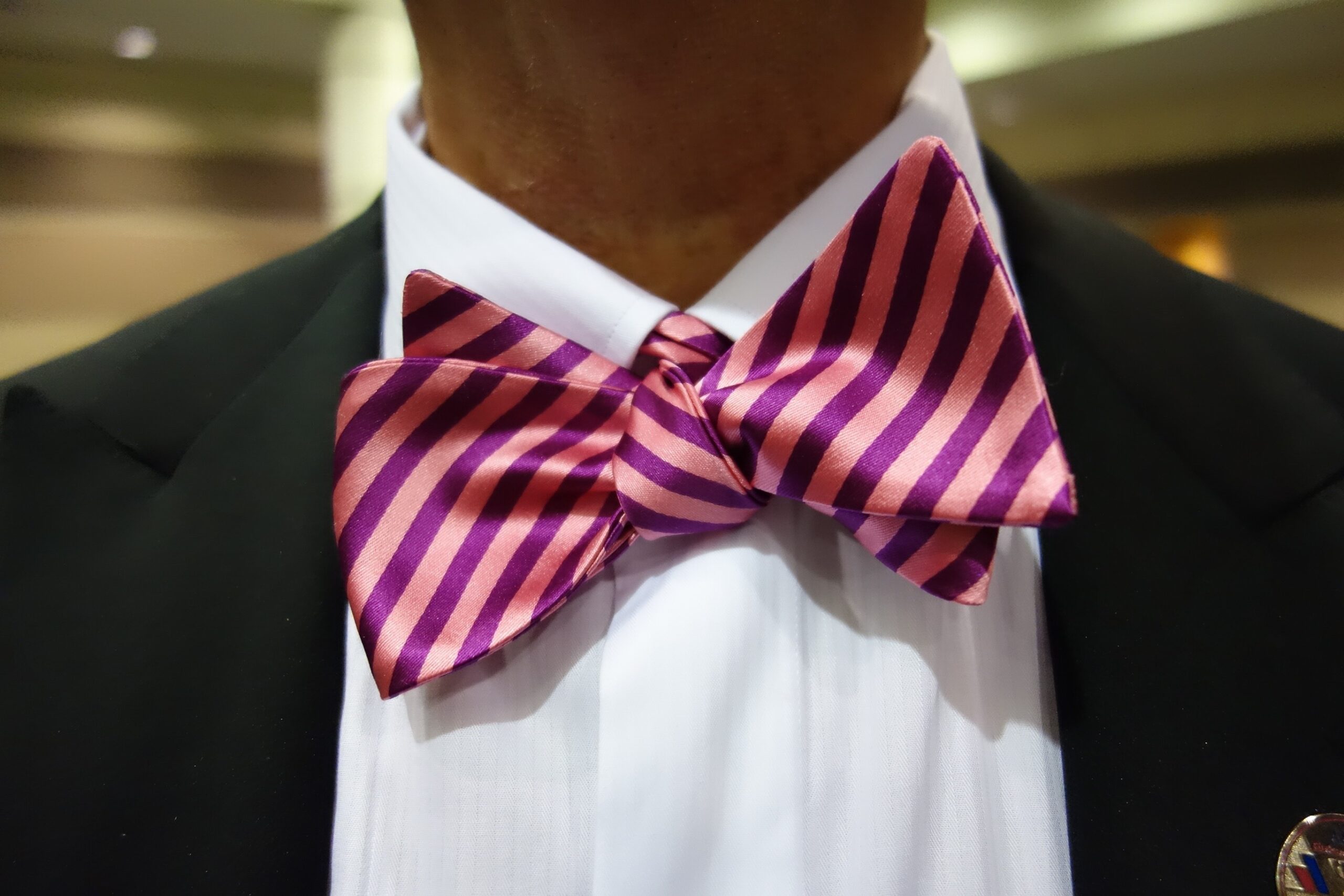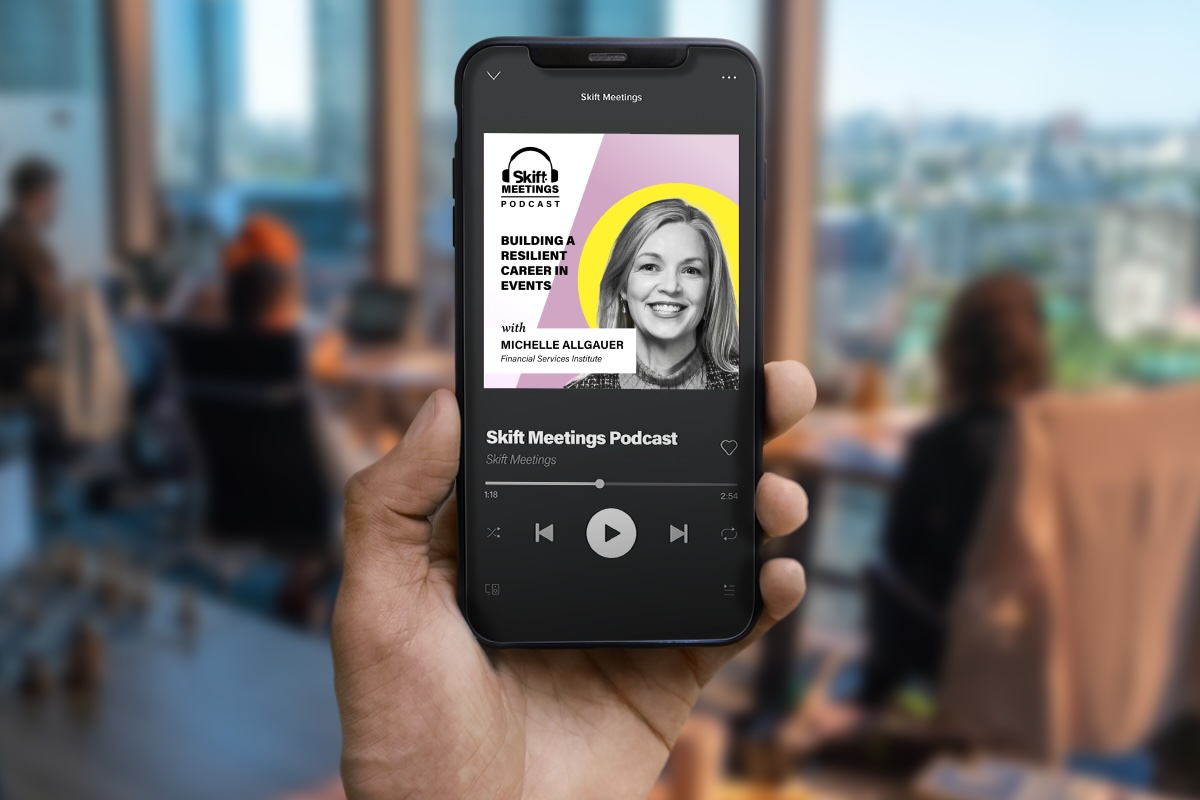Skift Take
A dress code helps set the event’s tone, standard, and mood while keeping the planner’s or manager’s vision. Here are some tips to communicate the proper dress code to your attendees and some creative and inventive examples.
Establishing a dress code defines your event, creates a particular atmosphere or vibe, and ensures guests are informed and comfortable with their outfit choices. Consider the Oscars; celebrities spend hundreds of thousands dressing up. This adds to the exclusivity and luxury of the event as a whole. There is a buzz and media attention based purely on what guests wear.
The dress code is crucial to event planning, as it can make or break the event. If guests are unhappy with the attire guidelines you have set, or it needs to be more specific, it could overshadow your whole event and affect attendance for later events.
The tricky part when setting a dress code for an event is finding the right balance between comfort and the stylistic freedom of the individual. At the same time, a dress code shouldn’t be a source of anxiety for attendees – it should be a guideline to help them both manage expectations and enjoy the event.
Whether planning a wedding, an important industry event, an award ceremony, or a corporate networking event, these tips should help you set a killer dress code that everyone will be happy with.
Tips for Communicating the Dress Code For An Event
A quick Google search about event dress codes reveals how confusing they can be. Just take a look at three of the most-asked questions:
- “What is the appropriate dress code for a formal event?”
- “Is there a specific dress code for a business casual event?”
- “Can I wear jeans to a semi-formal event?”
Many attendees aren’t getting the correct information from their event planners. Luckily, avoiding dress code confusion is straightforward, but you must be clear. The crucial part of setting a dress code is communication, after all.
Aim to make the dress code for your event very clear from the beginning (e.g., the invitation stage). This gives attendees plenty of time to shop around, especially for more specific themes, for example, white tie attire. If you use a theme or color code, mention this at the invitation stage.
If more explanation is needed, the best way is to explicitly explain on the invitation or direct to a ‘more information’ web page and perhaps even include some images.
Provide Examples
Attendees might find it helpful to see an example. Nothing too prescribed or direct – there’s a fine line between providing a dress code for your event and telling people how they should dress. Including an image of last year’s event in your information pack is a subtle enough cue. Just make sure there’s a good mix of people in the photo.
You can also post on social media in the run-up to the event to clarify any questions or even create a buzz for outfit ideas for the day. You could even set up a Pinterest board with inspiration.
Don’t expect attendees to be mind readers. This is a surefire way to be disappointed. If you don’t want attendees to wear black or white (or red), say so. Ultimately, some people will pick out the easiest thing in the wardrobe, and if you want to cut something out (or put something in), then say so explicitly to avoid confusion.
While dress code is essential, being too strict and making it too specific can put people off attending or make them feel uneasy, which can overshadow your event. Give your guests as much information as possible without telling them what to do.
Finally, consider (and communicate clearly) the practical elements of your event’s dress code. Is the event outside? And if so, is it covered? This allows attendees to decide whether to bring a coat, jacket, or just a wrap, plus they can check the weather beforehand to dress appropriately. Is there going to be grass? Let them know so that people can wear the proper footwear. For example, narrow heels and soft turf will not go well together.
5 Classic Event Dress Codes
To help you plan and manage your event, we’ve explained the five most common event dress codes below. After that, you’ll find 10 of the latest fun, inventive, and downright silly names for dress codes.
1. Casual and Smart Casual
Contrary to popular belief, a casual dress code doesn’t mean showing up in just anything. Avoid sweats or gym clothes, and wear a nice pair of jeans and a stylish daytime top. This is the dress code for an informal get-together for an outdoor barbeque or picnic in the park. It’s a balance between comfort, style, and looking relaxed.
A smart casual dress code suits creative and informal networking events. This is more formal than relaxed but not too formal. For example, throwing a smart jacket on over a t-shirt or opting for a tailored blouse to go with jeans.
2. Semi-Formal
One of the more confusing dress code guidelines – just how formal is semi-formal? Think suits for afternoon or corporate events, shorter afternoon dresses (don’t go full ball gown), and business suits with shirts and ties. It’s more formal than traditional office wear but doesn’t go as far as a black tie (more on that in a minute).
For events extending into the evening, women could opt for a less formal cocktail dress or a long skirt with a top, while men could try adding a matching waistcoat/vest for the evening.
3. Cocktail Attire
Cocktail attire needs some effort regarding appearance and presentation but isn’t as strict as Black Tie dress codes. For men, this traditionally calls for a suit with a tie. However, a more modern take on event cocktail attire could be a colorful suede blazer with alternative color pants (think smart black or grey).
For women, this generally means shorter dresses (usually knee length), jewelry and accessories, and a darker or neutral color tone.
4. Black Tie
Evening gowns, tuxedos, and traditional black bow ties are what organizers have in mind for a black tie dress code, and people usually wear cuff-linked shirts with them, cummerbunds for the men, and heels for the women. Black tie events include many charity dinners, fundraisers, and some Galas.
Black tie dress code etiquette for women generally means longer, floor-length velvet, silk, or chiffon dresses. Meanwhile, tuxedos are suitable for both men and women.
5. White Tie
The most formal event dress code, white tie, involves:
- Long evening gowns.
- White gloves.
- Tailcoats.
- Single (or double) striped matching trousers.
- The apparent white tie.
This has also been called “full evening dress,” you can expect this at the Met Ball Gala, Royal events, and some weddings. It’s a little too much for most corporate events unless perhaps it’s a high-profile awards ceremony.
10 Quirky Dress Code Ideas For Your Next Event
1. California Casual

Particularly common among tech professionals at IT events, the California casual dress code is an even more laid-back version of casual that allows for sandals, shorts, logo t-shirts, slacks, sports coats, and jeans. It has also been known as “anything goes” and is now very popular in the US for highly informal events or meetings.
2. Fancy Ranch

Popular for many modern weddings, this dress code usually has a slight Western style and is semi-formal to incorporate a rustic look that is still gentle. For example, there are a lot of gingham prints and wrap-around dresses, and men can look to emulate a beach formal vibe such as slacks and a shirt.
The downside to this dress code is incorporating the word ranch, which immediately conjures thoughts of jeans, dungarees, and pigtails, which is far from this meaning. One that might need a few visual cues to avoid your event looking like a small town square dance.
3. Whimsical
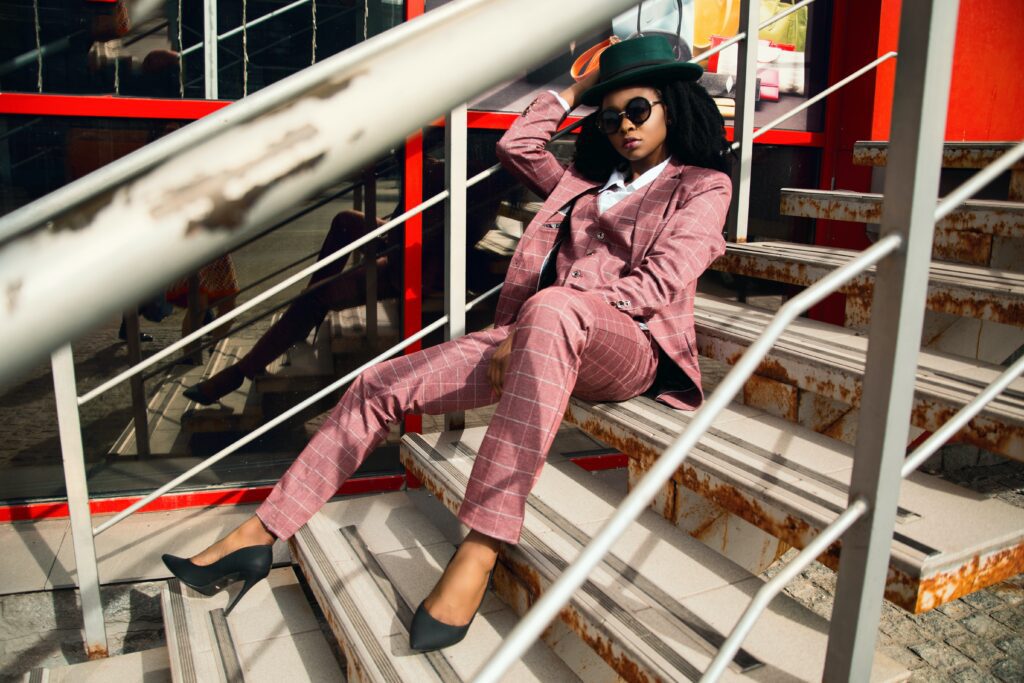
A complex dress code is between a costume party and formal, where guests should come up with quirky outfits. Women can get away with tutu-style skirts, zany dresses, or character outfits, while men will look at wacky ties, printed shirts, or patterned suits.
The issue here is making sure it doesn’t turn into a tacky disaster, so whimsical is a tricky dress code to get right. This one is only suitable for very informal events, where the attendees are more likely to have a joke at their own expense.
4. Razzle-Dazzle

It’s a ridiculous name that takes the cocktail theme and adds a little creativity. Festive dress codes often feature semi-formal attire such as cocktail dresses, blazers, or long skirts with tops.
The aim here is to incorporate holiday colors or themes; for example, at Christmas, you would expect a lot of green, red, and gold with Christmas tree jewelry. Creative cocktail can also describe a themed bar or venue holding the event and requires you to stick to the formality of cocktail wear with added extras such as a James Bond theme or “around the world.” For women, heels and a dress are the safest options here.
5. Denim and Diamonds
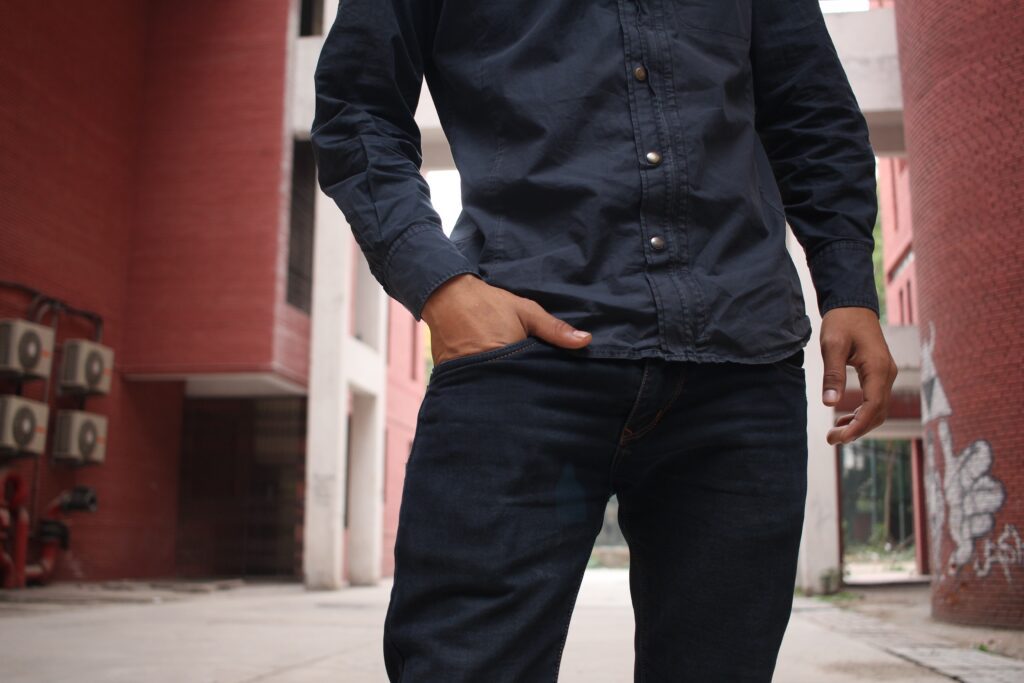
A deceptive name that blends casual and formal attire into smart-casual or casual chic. This could be in the form of jeans and a blouse (or shirt for men). You would also expect heeled boots, smart flats, or comfortable heels to accompany these outfits, and they are popular for daytime functions such as a bridal or baby shower.
The downside is that there are few limitations on how formal or casual to go. Therefore, add more detail to invitations about the situations that could be encountered at the event so attendees know how to find the right balance.
6. Gatsby Chic
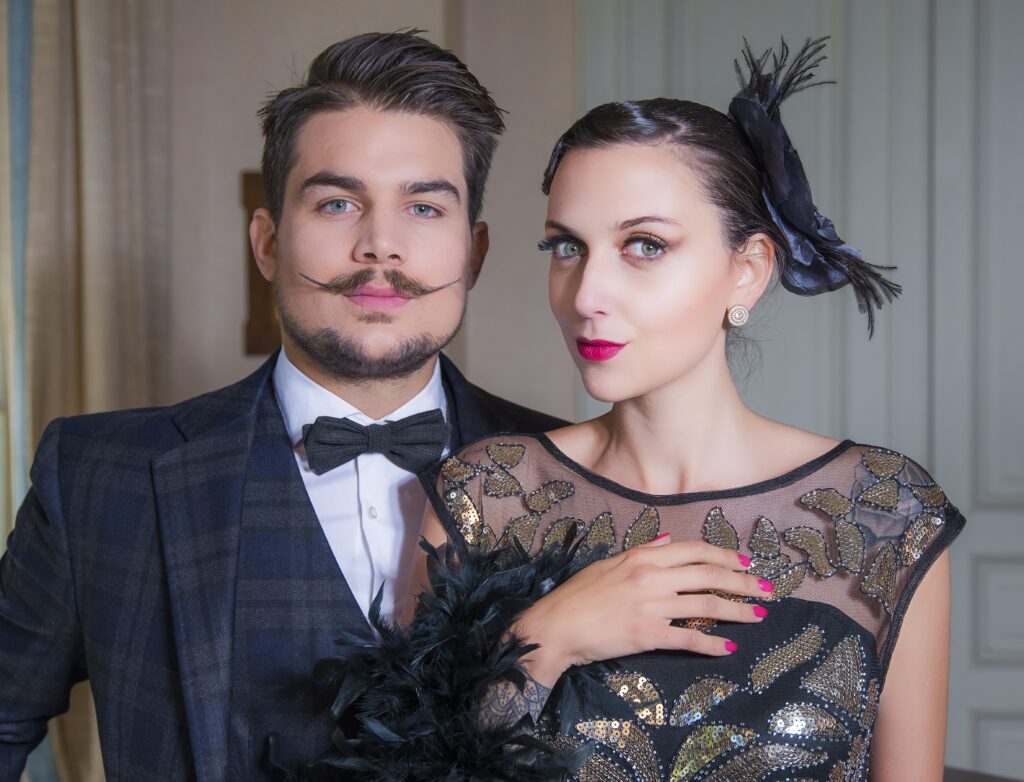
This is self-explanatory and involves a lot of styles that are part of the Great Gatsby era. This is not to be confused with a Gatsby costume party but instead incorporates formal drop-waist dresses, T-strap shoes, and fringe. This formal dress code incorporates numerous vintage elements. It is often referred to as vintage glamour, a style frequently seen at award shows and premier events.
7. Brooklyn Formal
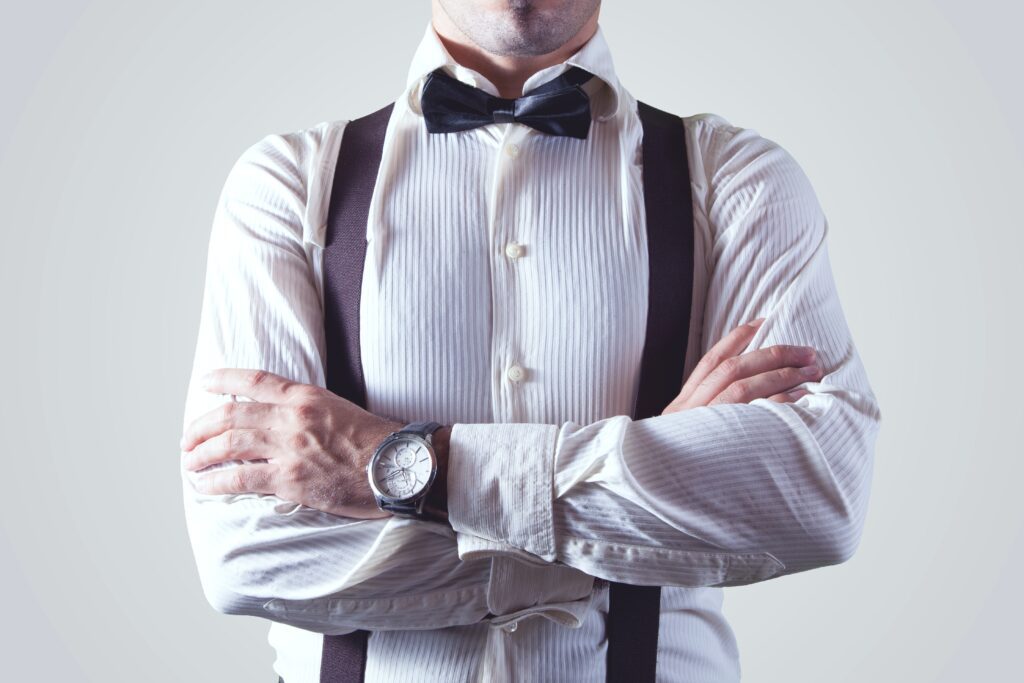
A relatively new dress code appears at formal events that want attendees to show some personality. Also known as “hipster formal,” it is swayed towards men and women in retro suits or accessories such as braces or suspenders, bowties, and shawls. Women would suit a cocktail dress or pants and heels with a dressy jacket as long as it is kept formal and suits a quirky atmosphere.
8. Creative Black Tie
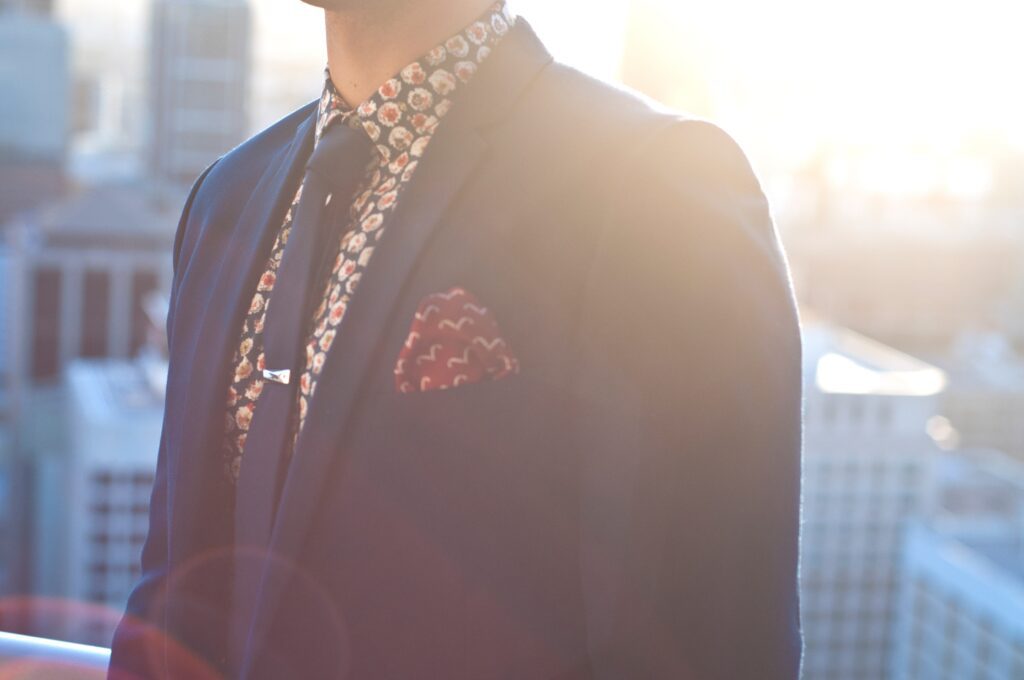
A twist on the traditional black tie dress code involves incorporating whimsical or themed items to add uniqueness to the formal event attire. This approach allows for the retention of formality while introducing colorful or non-traditional elements. This could be in the form of:
- a cowboy bow tie for Country-themed events
- matching patterned bow tie and cummerbunds for events with color themes
- fun accessories such as quirky cufflinks, themed jewelry, or hairpieces
The downside to this dress code is that it permits attendees to deviate from the black tie theme without clear boundaries. Not having clear boundaries could potentially result in outlandish outfits at an otherwise elegant event. Clarity in guidelines can help maintain the desired level of formality.
9. Fabulous
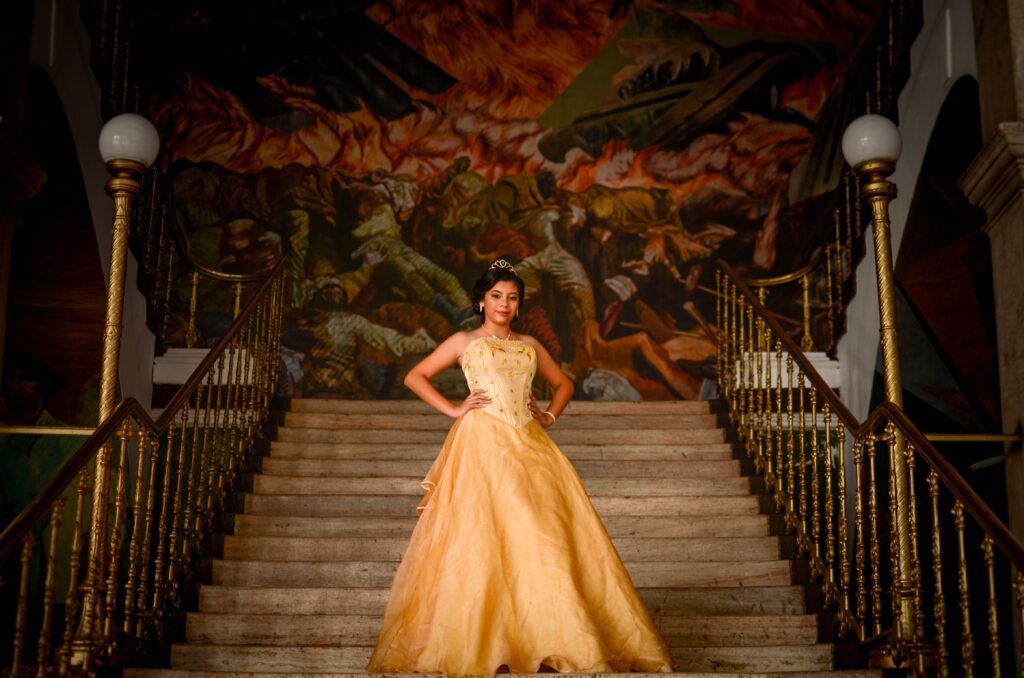
Another challenging and subjective dress code that can spark fear in attendees everywhere. Generally speaking, this dress code expects attendees to be formal and bold in color and style choices. Flashy outfits such as sequined or ornate dresses for the women and bold color suits for the men would suit this style. In the evening, women opt for longer gowns and full suits. For afternoons, they choose a printed dress and heels.
10. Summertime Soiree
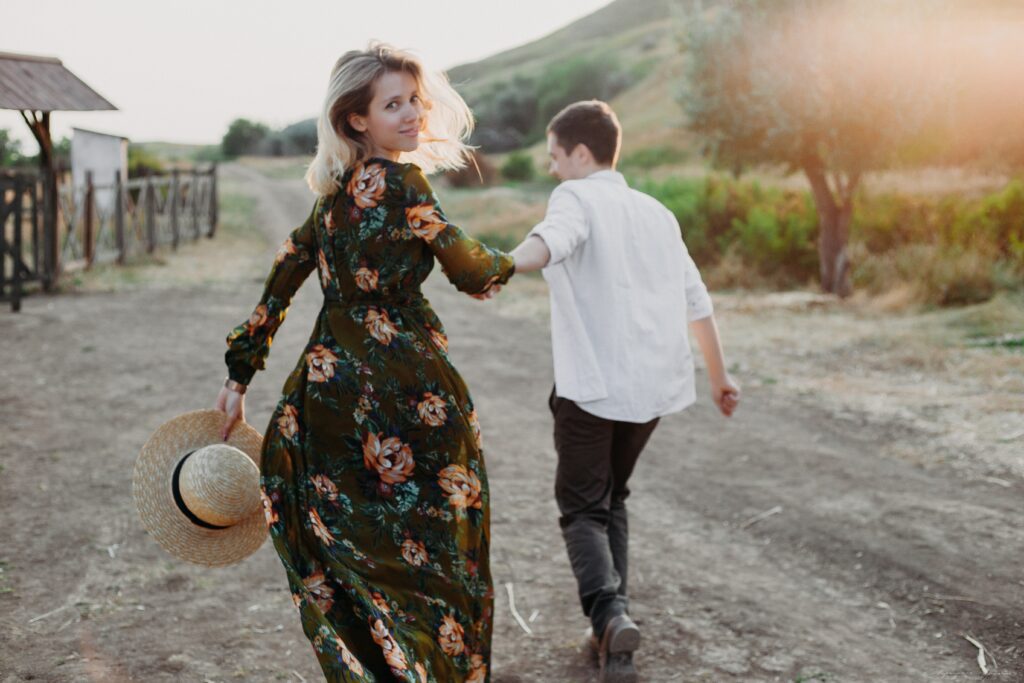
This dress code combines semi-formal and casual for afternoon and informal events. For outdoor events, ladies should expect to wear chunky heels and a jacket, depending on the destination. This popular dress code applies to picnics, outdoor barbeques, garden parties, outdoor concerts, or one-day festivals. Floral print afternoon dresses, wedge heels for women and jeans, and a shirt for men are usually all required.
In Conclusion
A well-thought-out and presented dress code should make attendees feel good about themselves, powerful, and, above all else, comfortable.
Legendary New York Times photographer Bill Cunningham once said: “Fashion is the armor to survive the reality of everyday life.” The same is valid for dress codes. When people feel they look good, they feel good. When they feel good, they’re more likely to enjoy themselves and get more out of your event.
Consider the event dress code carefully, as it will define your attendees’ experience from the moment they enter the door. Ultimately, it plays a crucial role in shaping their overall event experience.
Photo credit: National Pure Bred Dog Day / Pixabay
